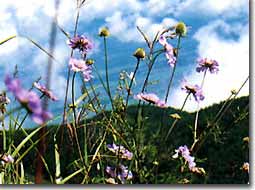Kamanashigawa Branch Office
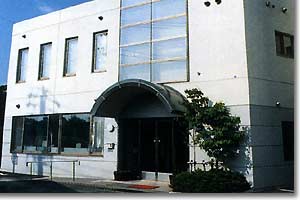
Kamanashigawa Branch Office
Outline of Kamanashigawa Branch Office
The Kamanashi river upper reaches Sabo was started with the establishment of the Kamanashigawa Plant at Ochiai mura.
By 1935, construction of 3 Sabo dams and a groundsill at tributaries, hillside works and bank protection works at main stream were completed.
Furthermore, construction of sediment control Sabo dam, the Karasawa dam, was started in 1936 for the first time.
After the blank years during the World War, the project has resumed on a full scale under the direct jurisdiction of the Kamanashigawa buranch office.
These days, many devices arc being used to maintain harmony
29879-3,Ochiai,fujimi-cho,Suwa-gun,Nagano,339-0214,Japan
Geologically weak soil and deep valley along the river
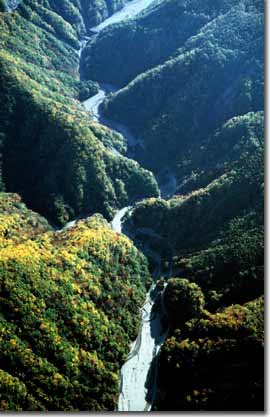 The Kamanashi river takes its source from Mt. Nokogiri(2,607m) and its upper stream runs between steep cliffs. This area is geologically weak due to complex faults and weathering rocks along the river.
The Kamanashi river takes its source from Mt. Nokogiri(2,607m) and its upper stream runs between steep cliffs. This area is geologically weak due to complex faults and weathering rocks along the river.
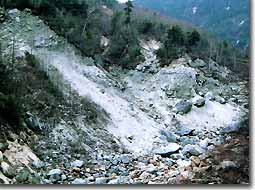
| Tectonic lines at the Fuji river basin area. | Potential devris flow disaster stream |
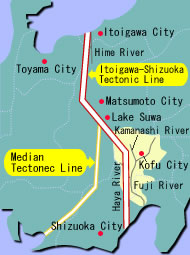 |
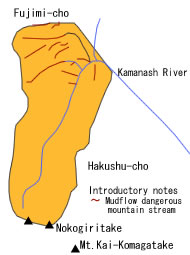 |
Beautiful scenery of Fujimi that have fascinated poets and artists
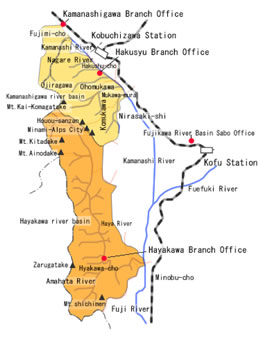 Upper stream of the Kamanashi river, source of the Fuji river which is one of the three most rapid streams in Japan, separates the area into two towns, Fujimi-cho at its left and Hakusyu-cho Hokutoshi at its right. While Fujimi-cho is famous for its beautiful scenery as it has attracted many poets and artists, Hakusyu-cho Hokutoshi is mountainous and there is only one village in the town. Under such situation, people living in Hakusyu-cho need to have a close relationship with Fujimi-cho.
Upper stream of the Kamanashi river, source of the Fuji river which is one of the three most rapid streams in Japan, separates the area into two towns, Fujimi-cho at its left and Hakusyu-cho Hokutoshi at its right. While Fujimi-cho is famous for its beautiful scenery as it has attracted many poets and artists, Hakusyu-cho Hokutoshi is mountainous and there is only one village in the town. Under such situation, people living in Hakusyu-cho need to have a close relationship with Fujimi-cho.
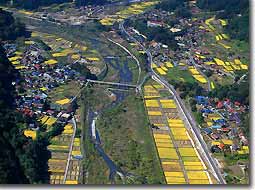 |
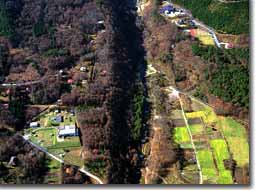 |
| A view of the Kamanashi river upper reaches overlooked from the lower reaches. | Fujimi-cho is known as a place of alpine villa for its rich nature. |
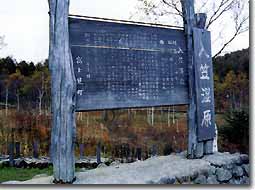 |
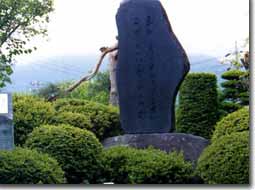 |
| Mountain climbing season will come after the snow melt into the Kamanashi river and skunk cabbages start to blossom. | Tanka monument of a famous poet, Mokichi Saito in the Fujimi park. |
A map of the Kamanashi river upper reaches
1.Ohsawa dam
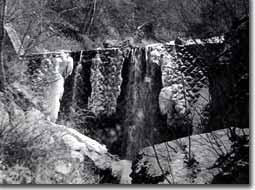 The oldest Sabo dam in the Kamanashi river upper reaches
The oldest Sabo dam in the Kamanashi river upper reaches
16.Mujinakutsu dam
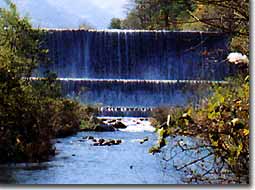 Sabo dam securing Kamanashi valley end
Sabo dam securing Kamanashi valley end
55.Shiroshishi groundsills
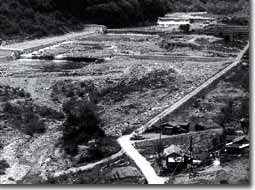 Sabo facilities to secure reclaimed land and to control sediments
Sabo facilities to secure reclaimed land and to control sediments
60.Kamanashi hillside works
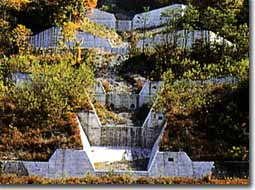 Hillseide works which brought back life to the damaged land
Hillseide works which brought back life to the damaged land
77.Hiroiwa groundsills
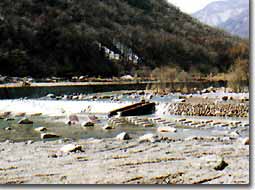 Typical Sabo facilities considering environment
Typical Sabo facilities considering environment
177.Hontani No.4 dam
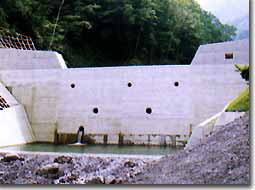 Sabo dam located at the farthest upper reaches
Sabo dam located at the farthest upper reaches
181.Hodokubo No.3 dam
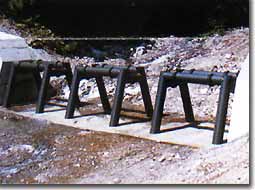 The first steel made dam in the Kamanashi river upper reaches
The first steel made dam in the Kamanashi river upper reaches
193.Kamanashi-Honsen hillside works
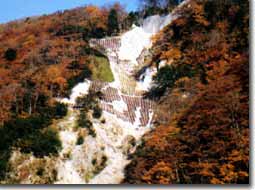 Collapse-preventive facilities along the Kamanashi-Honsen
Collapse-preventive facilities along the Kamanashi-Honsen
201.Yamanokamisawa dam
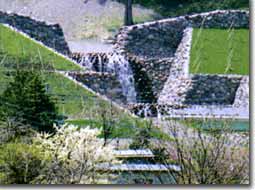 A Sabo dam using large stones in order not to spoil the scenery
A Sabo dam using large stones in order not to spoil the scenery
205.Takechigawa upper reaches dams
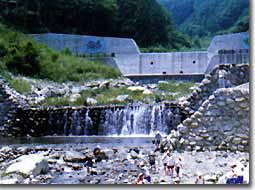 Sabo facilities considering environment and creating an relaxation area
Sabo facilities considering environment and creating an relaxation area
Publicity work
In order to get people's understanding in the region, Fujikawa River Basin Sabo Office is working on its publicity.
School field trip to Sabo facilities
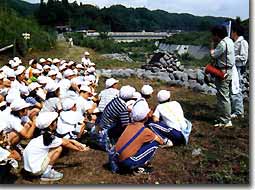
Monument plate written by school children
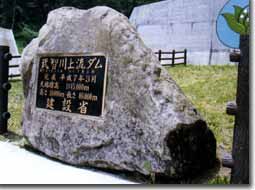
Life in Fujimi-cho exhibition
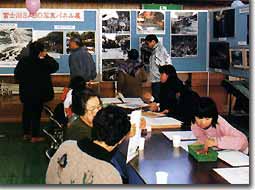
Fujikawa meeting
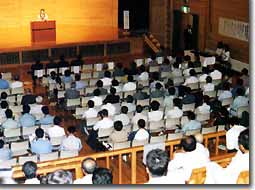
Rich nature at the Kamanashi river upper reaches
Woods in the Shimizudani
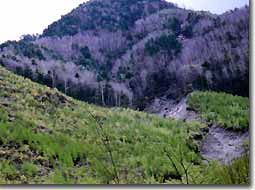
Nanatsugama
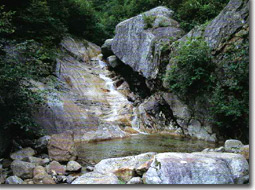
Shinano-nadeshiko
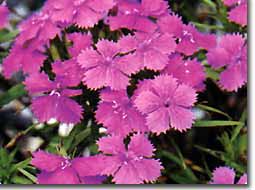
Matsumushisou
